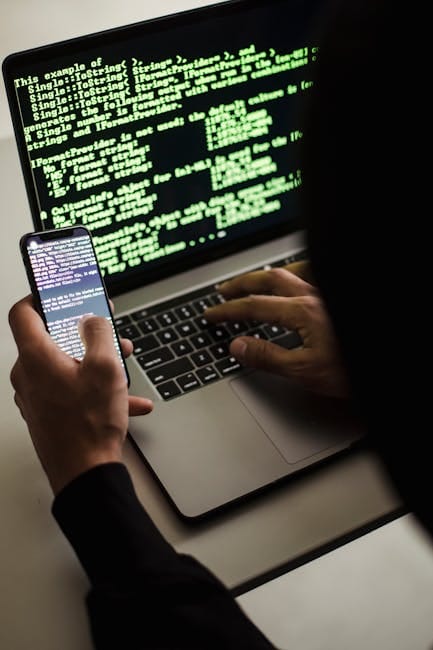How to Launder Money with Art

Imagine a world where millions of dollars can move across borders under the guise of "art appreciation." Welcome to the mysterious art market, one of the last unregulated frontiers that criminals, oligarchs, and corrupt officials exploit to launder dirty money. In this exposé, we demystify how the art world, with its lack of transparency and regulation, has become a playground for illicit financial activities.
Step 1: Find the Perfect Asset—Art as a Laundering Tool
Art is a nearly perfect vehicle for hiding and transferring wealth. Why? Its value is highly subjective, transactions often involve anonymous buyers and sellers, and ownership records are inconsistent. Many pieces remain stored in "freeports"—high-security, tax-free storage facilities—where their origins and owners stay hidden.
For example, the Geneva Freeport houses billions in art owned by anonymous collectors, making it attractive to both legitimate investors and individuals looking to clean their money [5].
Step 2: Exploit the Art of Overpaying
One of the most common laundering tricks involves inflating or deflating a piece’s value during private sales. Suppose you’ve acquired an artwork for $1 million through an anonymous intermediary. You then collude with an auction house to "sell" that same piece for $10 million, with funds routed through shell companies in secrecy-friendly jurisdictions. Voilà—$9 million in dirty money just got washed clean [6].
Step 3: Go Anonymous—Avoid Paper Trails
Anonymity is king in the art world. High-value pieces can be bought and sold through third-party agents, trusts, or offshore entities with minimal disclosure of the actual buyer's identity. Auction houses often describe purchasers as "private buyers," which means tracing the transaction is nearly impossible.
A glaring example of this was the $450 million sale of Leonardo da Vinci’s "Salvator Mundi" in 2017. Although the transaction was legal, the buyer's identity was initially concealed through intermediaries, fueling speculation about hidden agendas and undisclosed wealth [6].
Step 4: Take Advantage of Conflict Antiquities
One of the dirtiest secrets of money laundering through art involves antiquities looted from war zones or underdeveloped countries. Smuggling networks extract treasures from regions like Iraq, Syria, and Afghanistan and sell them to unsuspecting (or complicit) buyers in global markets.
ISIS alone made millions of dollars smuggling stolen heritage items, many of which were quietly sold through reputable art auctions. These transactions transform blood-stained artifacts into seemingly legitimate assets, with proceeds fueling terrorism [5].
Step 5: Store It in No-Man’s Land—Freeports
Freeports are the holy grail for anyone looking to launder money with art. These tax-free art storage facilities—based in places like Switzerland, Singapore, and Luxembourg—require minimal documentation and do not enforce public disclosure of ownership.
Take this scenario: You can acquire a stolen Picasso, ship it to a freeport under the ownership of a shell company registered in the British Virgin Islands, and it sits theresecurely for years. Meanwhile, transactions involving the artwork can occur entirely within the freeport, out of sight and away from tax or customs laws [5][6].
Step 6: Leverage Corruption and Loopholes
When regulating bodies do catch wind of questionable art dealings, the opaque nature of the market makes prosecutions incredibly difficult. For example, in the case of Viktor Vekselberg, the Russian oligarch sanctioned for suspected financial crimes, Western authorities traced several of his high-value art transactions back to intermediaries. Despite sanctions, his collection remained largely protected due to privacy laws governing art ownership [6].
Similarly, few countries uniformly enforce anti-money laundering measures on art dealers, leaving major loopholes for trafficking dirty money under the pretense of fine art investments.
Why Doesn't This System Change?
The art market's opacity is not just an oversight; it’s part of its allure. High-net-worth individuals, legitimate or otherwise, rely on secrecy to protect their wealth and maintain privacy. Auctioneers, dealers, and even governments have little motivation to disrupt an industry that benefits them financially.
For example, the introduction of the EU’s Fifth Anti-Money Laundering Directive tried to regulate the art trade by requiring dealers to disclose transactions exceeding €10,000. However, enforcement varies widely, and jurisdictions with lax implementation—such as freeport operators—remain safe zones for shady dealings [5].
The Real Cost of These Practices
While corrupt officials and criminal networks enjoy untouchable wealth, the consequences ripple far beyond the art world. Laundered money contributes to global inequality, destabilizes economies, and, in the case of conflict antiquities, funds violence and terrorism. Meanwhile, looted cultural treasures are lost to the nations that hold historical claims to them.
Closing the Loopholes
If money laundering via art is to be curbed, systemic change is necessary. Key recommendations include:
- Mandatory Universal Art Registries: Develop a global, digitized provenance record for artworks to prevent untraceable ownership.
- Stronger Regulations on Freeports: Require transparency in storage facilities and subject freeports to international tax and customs laws.
- Auction House Accountability: Enforce stricter due diligence on buyers and sellers involved in high-value transactions.
- Harmonized Anti-Money Laundering Frameworks: Align global enforcement efforts to close loopholes in jurisdictions with weaker regulations.
Conclusion
The art world’s reputation as a bastion of culture and creativity contrasts with its exploitability for global corruption. Until meaningful regulatory action is implemented, stolen masterpieces and shadowy transactions will continue to fund criminal networks. It is up to lawmakers, regulators, and international alliances to shine a light into the murky world of money laundering through art.
Sources
[5] "Art and Money Laundering: Picking Apart the Loopholes," Financial Crime Reports
[6] "How the Art Market Thrives on Secrecy," United Nations Office on Drugs and Crime (UNODC) Analysis





